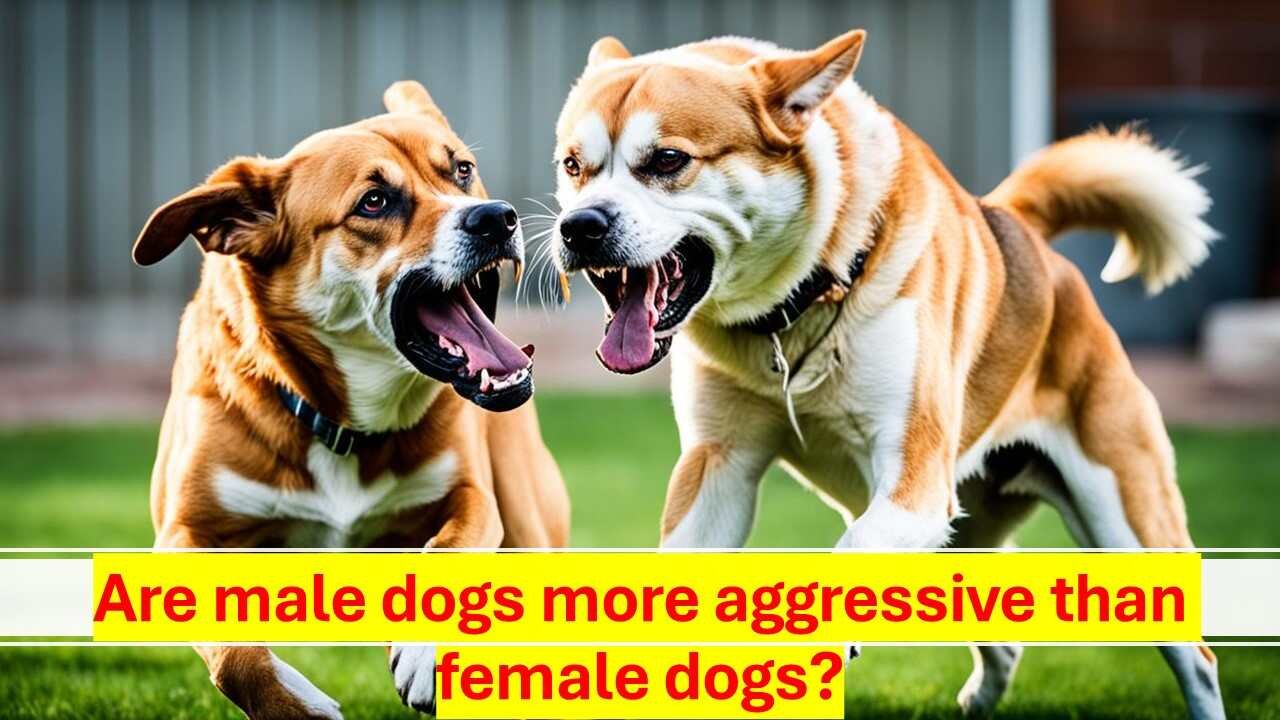It’s important for pet parents to know about their dog’s anatomy, especially the female reproductive system. Dogs, like us, have a complex reproductive system that’s key to their health and happiness. This guide dives into the details of female dog anatomy. It covers the reproductive organs, estrous cycle, pregnancy, and the birthing process. Understanding this can help pet owners better care for their furry friends.
Key Takeaways
- Dogs have a complex female reproductive system that is crucial for their overall health and well-being.
- Understanding the reproductive organs, estrous cycle, pregnancy, and birthing process in female dogs is essential for responsible pet ownership.
- Exploring female dog anatomy can help pet owners make informed decisions about their dog’s reproductive health and care.
- Gaining knowledge about canine gynecology and dog breeding practices can contribute to the well-being of dogs within the pet community.
- Proper understanding of uterine anatomy and mammary glands can aid in the prevention and management of reproductive issues, such as spaying.
Introduction to Female Dog Anatomy
A dog’s body is different from a human’s in many ways. For instance, their skin works as a key barrier. It keeps them safe, helps them feel temperature changes, and lets them sense their environment. Knowing about a dog’s inside and outside is crucial for pet owners. This knowledge helps in giving the best care and making wise health decisions for the dog.
Importance of Understanding Dog Anatomy
The female dog has an important reproductive system, including the ovaries, uterus, and vulva. The ovaries make eggs, the uterus takes care of embryos they develop into babies during pregnancy. And the vulva is the part you can see that connects to the inside reproductive system. It’s key for owners to know about these parts to help their pet’s health. They can spot and address any issues early.
Overview of Female Dog Reproductive System
The female dog’s reproductive system is extremely important for her health. It includes the ovaries, uterus, and vulva. Understanding how these parts work is crucial. It allows owners to make good choices to keep their dog healthy.
female dog anatomy: The Reproductive Organs

The ovaries are vital in a female dog’s body. They make eggs that can get fertilized when the female mates. These organs change during the dog’s cycle and release eggs. They also make hormones like estrogen and progesterone. These hormones help control the cycle and get the uterus ready for an egg to be implanted.
Uterus and Pregnancy
The uterus helps embryos grow during pregnancy. It’s a flexible, strong organ that gets bigger as the puppies grow. After mating, fertilized eggs move into the uterus to start growing. The uterus keeps the puppies safe, ensuring they grow well during the pregnancy.
Vulva and Vagina
The vulva is the outside of the female’s reproductive tract, found under the tail. It’s where the male dog enters for mating. It’s also where the puppies leave when being born. The vagina connects the vulva to the uterus. It lets sperm in for mating and helps with puppy delivery. Knowing about the vulva and vagina is key. It helps spot any problems in the female dog’s reproductive health.
The Estrous Cycle and Mating
Female dogs go through a cycle called the estrous cycle. This cycle lasts about 2 to 4 weeks and has four phases. These are proestrus, estrus, diestrus, and anestrus.
Proestrus is the start, where female dogs begin to bleed. The male dogs show interest, but the female may not be ready. Then comes estrus, when the female is open to mating and ovulation happens.
After that is diestrus, when mating is no longer on the table. The body gets ready for any possible pregnancy. Anestrus is a phase of rest before starting the cycle over again.
Signs of Heat and Ovulation
You can spot a female dog in heat by these signs: she’s bleeding, her vulva is swollen, and her nipples are bigger. This means she might be ready to mate. Ovulation often happens in the middle of the cycle, making it the best time for mating.
Natural Mating Process
Mating in dogs is pretty straightforward. The male’s penis gets ready and goes into the female’s vagina. He releases semen, which can fertilize her eggs. They might get stuck together for a while. But, this is normal and called “tying” or “knotting”. It helps make sure the sperm gets where it needs to.
Pregnancy and Whelping
If a female dog mates successfully, her fertilized eggs go to the uterus. There, they attach to the uterine lining. This is the start of the pregnancy. A dog’s pregnancy lasts about 9 weeks, which is 63 days, from ovulation to puppy birth. During this time, the embryos and fetuses change a lot and grow quickly. Different stages in the pregnancy lead to specific milestones.
Gestation Period and Development
Before giving birth, a pregnant dog might start preparing her space. This shows as restlessness, panting, and lowering body temperature. These are signs that labor is near. Keeping a close eye out for these signs, and making sure the dog has a quiet and safe place, is important.
Signs of Impending Whelping
Looking after newly born puppies is key. Right after birth, they need to be kept warm. Helping them breathe and start nursing early is crucial. It’s also vital to watch over the mother and her puppies for any issues. If you see any problems, getting help from a vet is a must.
Getting the newborn puppies used to human touch from the start is beneficial. It helps them become well-adjusted and friendly adult dogs.
Newborn Puppy Care
Conclusion
It’s crucial to understand how female dogs reproduce to be good pet owners and breeders. Knowing about their organs, mating, pregnancy, and birth helps us take good care of them. It makes sure they’re healthy and happy.
Understanding all this also helps us breed dogs safely. It leads to dogs that are not just healthy but also happy members of our community. This knowledge makes us better at choosing what’s best for our dogs and their health. It helps improve the breed.
Learning about female dogs also helps us connect with them better. It makes our bond with them stronger and more rewarding. This knowledge is key to a great life with our pet dogs.
FAQ
What are the key components of a female dog’s reproductive system?
The female dog has three major parts to her reproductive system. These are the ovaries, uterus, and vulva. The ovaries make eggs. The uterus helps the eggs grow if the dog gets pregnant. And the vulva is the part you can see that helps bring mom and dad’s parts together.
What are the stages of a female dog’s estrous cycle?
A female dog has four steps in her cycle. These are proestrus, estrus, diestrus, and anestrus. Each stage does something special to get her ready to have puppies.
How does the mating process work in dogs?
Mating in dogs is pretty straightforward. The male dog gets excited first. Then, his penis goes into the female’s vagina. He releases sperm, which can then meet the eggs inside the female. Sometimes, the dogs seem stuck together. This is a normal way for them to mate, ensuring the sperm has a good chance to meet the eggs.
How long is a dog’s pregnancy, and what are the stages of fetal development?
A dog’s pregnancy usually lasts about 63 days. This is roughly 9 weeks. During this time, the embryos and then the fetuses quickly grow and change. There are important stages of development that happen in each phase of the pregnancy.
What are the signs that a female dog is about to go into labor and give birth?
When a female dog is about to give birth, she shows some clear signs. She might start making a nest. She could seem nervous or restless. She’ll probably pant a lot. Her body temperature might suddenly get lower. These are all signs that her babies are about to come.
How should newborn puppies be cared for after birth?
Right after puppies are born, they need to be kept warm and help with breathing. It’s also important to make sure they start nursing. You should always watch the mom and her puppies for any problem signs. If there’s an issue, call the vet right away. Getting puppies used to people early on helps them grow up to be friendly and adaptable pets.









Leave a Reply